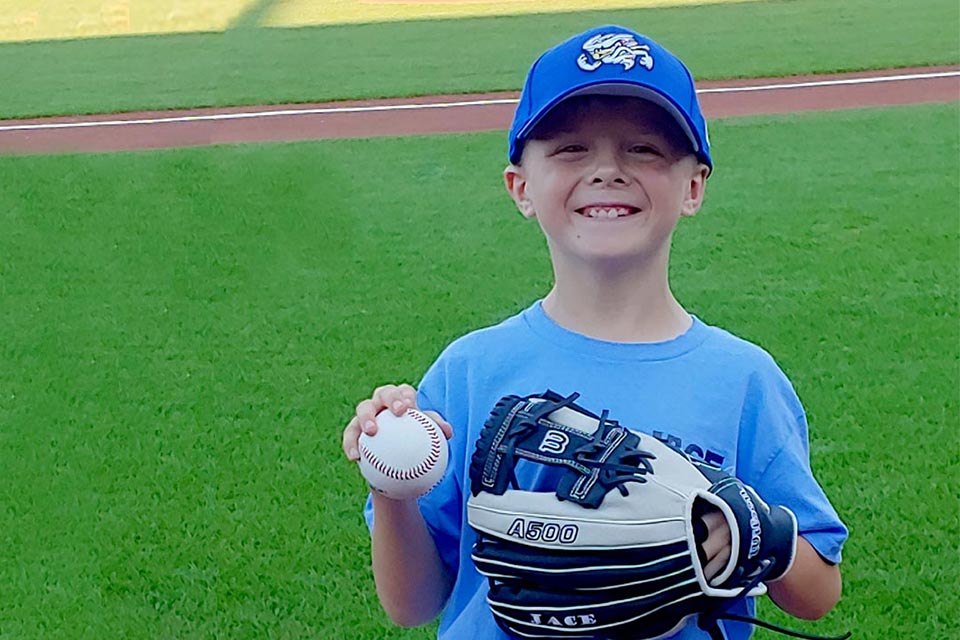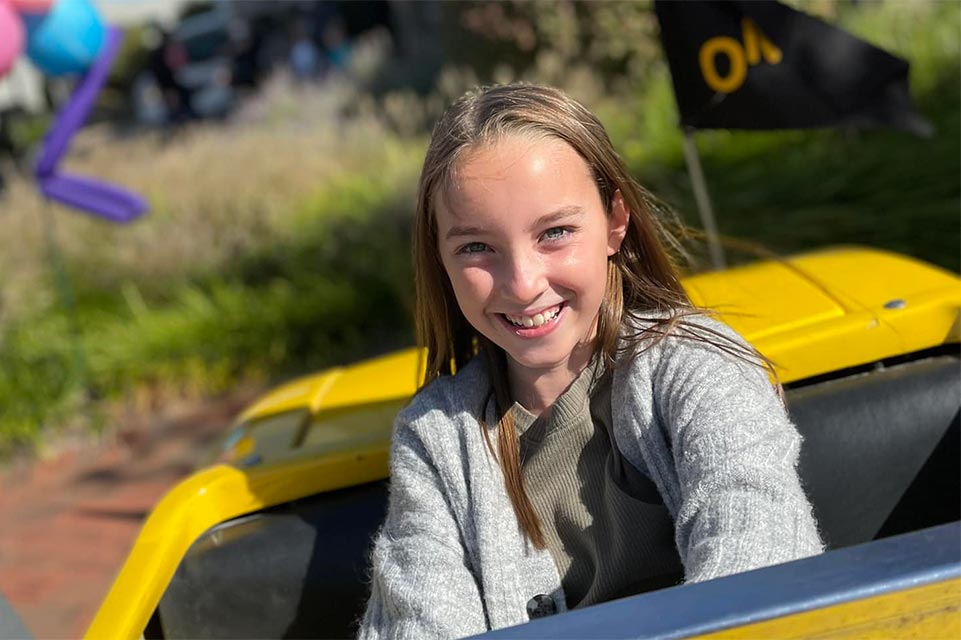Hand Anomalies
The physicians at Shriners Children’s are here to collaborate on a care plan as unique as your child and their specific hand disorder.
Hand anomalies (deformities) may be present at birth or appear later in life after an injury. Regardless of condition, the early intervention of hand anomalies is critical to the overall success of treatment. Because children’s motor skills and strength significantly improve after birth, our experienced team of orthopedic specialists knows the importance of understanding and providing a prompt diagnosis.
Types of hand disorders and deformities
Each type of hand disorder is associated with its own distinct symptoms and complexities. Shriners Children’s embraces a collaborative care approach that will enable each patient to reach their highest level of independence and activity. The most common hand conditions we treat are:
- Polydactyly (extra fingers): This hand disorder is often genetic, and may appear in a few different ways: a raised bump of soft tissue containing no bones; a partially formed finger or toe with bones, but without a joint; a fully-functioning finger or toe.
- Syndactyly (webbed fingers): This may involve some or all of the fingers. Sometimes the skin between the fingers is webbed, but the nerves, tendons, bone and blood vessels are still independent; sometimes they are shared.
- Symbrachydactyly (missing fingers): This congenital hand disorder is the most common. Fingers are abnormally short and webbed or conjoined. The bones, muscles, ligaments, and nerves of the hand are usually affected.
- Trigger thumb: Trigger thumb (or trigger finger) is a condition in which one or more fingers or thumbs become stuck in a bent position, which can be painful.
- Club hand: Also referred to as radial dysplasia or “radial hand,” this condition occurs when the radius bone in the forearm is missing or malformed.
A great relationship with your care provider can help you feel secure in the choice of treatment you make for your child, and you can rest easy knowing the pediatric practitioners at Shriners Children’s work side-by-side with one another to provide each patient with the specialized medical attention they deserve.
Specific treatments and services may vary by location. Please contact a specific location for more information.
Shriners Children’s taught my son that his hand difference makes no difference at all. Watching him hand out 'high fives' - or as we call them 'high two and halves' – is my favorite thing!








